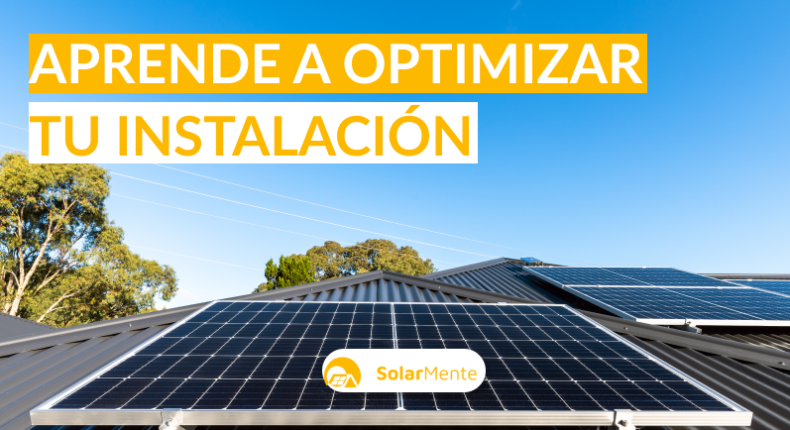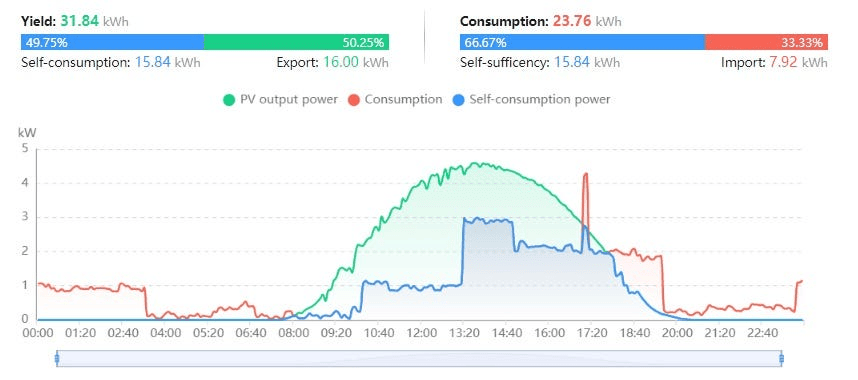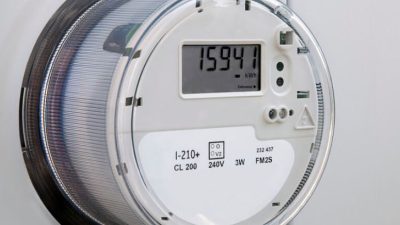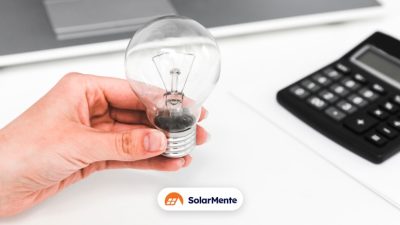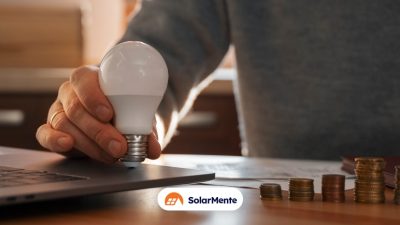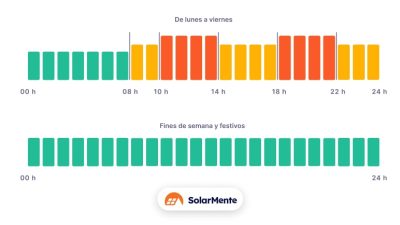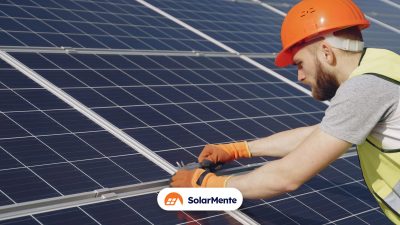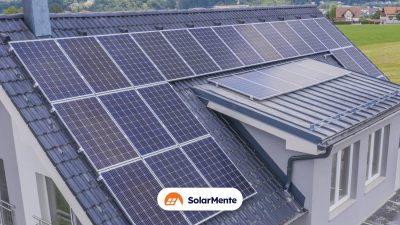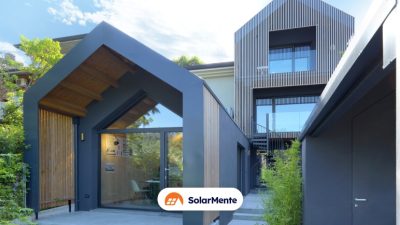What is photovoltaic monitoring? Do you know what you can do with the consumption and production data from your panels?
When installing solar panels on your home, it is necessary to monitor the production of the solar system and your energy expenditure in order to optimise your consumption and save on your electricity bill.
But don’t worry if you don’t know how this system works.
Because in today’s post we explain what solar monitoring is, how it works and the types you can find on the market.
In addition, we show you a real example of an installation to understand each of the data.
What is photovoltaic monitoring?
It is a solution or computer application that controls the correct operation of a solar panel system in real time and remotely.
And why is this system so important?
Well.
First of all, it detects productivity problems in the installation. In other words, if it is necessary to carry out maintenance on the solar panels due to an error in the system, we will be able to do it in good time thanks to the application’s detection.
In addition, monitoring allows you to know when the most energy is being generated in order to adapt it to your consumption.
How does the monitoring of photovoltaic systems work?
The photovoltaic monitoring software is integrated into the solar inverter. This component, by transforming direct current into alternating current, will be responsible for recording the production data.
On the other hand, the consumption data is recorded by the smart meter or bi-directional meter.
Finally, the inverter is responsible for storing all the information and redirecting it to the application or web platform that monitors the photovoltaic system.
However, what data does the monitoring system display?
What data does the monitoring system show?
The application will show you the following information:
-
Real-time energy production and consumption
-
Electricity production history of the system
-
Estimated and forecast savings month by month
-
Notifications in case of incidents or anomalies
-
Variables affecting system performance (rain, clouds, etc.)
And accessing this information is easy.
All you have to do is log in to the application from the device of your choice (mobile, computer or tablet) and enter your details.
When you log in, you will have access to all the information, for example:
-
Current power
-
Temperature
-
Weather forecast
-
Performance
What solar monitoring systems are available?
Although most inverter manufacturers have their own monitoring system, some companies develop universal software with customer-specific solutions.
And so we can classify them into:
-
Manufacturer’s monitoring system
-
Universal monitoring systems that are compatible with any inverter.
Which one to choose?
It depends.
There is no one system that is better than another, but the decision will be made on the basis of the type of installation.
Let us explain.
If it is a residential self-consumption installation, the manufacturers’ monitoring software is sufficient.
On the other hand, if we are talking about large installations, such as solar farms, it may be necessary to invest in a more complete system with the functions required for this type of project.
Example monitoring of an installation of 12 solar panels
Real-time monitoring will allow you to:
-
Reach self-consumption levels of 80% and, at the same time, save that percentage of the monthly electricity bill.
-
The other 20% can be minimised by exporting surpluses to the grid. For every kWh you feed into the grid, your supplier will compensate you monetarily and you will be able to minimise the remaining 20% of your bill.
In this way, the energy part of your bill will be close to zero.
How to interpret this graph? Here are the references:
- In red you have the electricity consumption of your home.
-
In green you can see the energy produced by the panels every hour, in real time.
-
In blue, self-consumption. That is, the energy that is consumed and that comes directly from the solar panels.
How to optimise your 12-panel installation?
Along the same lines, we are going to see how to optimise an installation with 12 photovoltaic panels:
-
By monitoring the installation in real time and observing how much surplus you are pouring into the grid, you can adapt your home’s consumption to the energy generation of your panels.
-
If the surplus is too much, you can always group your daily consumption during the hours with the most sunlight of the day: activate the electric heating or air conditioning, turn on the washing machine or other electrical appliances. It is more economical to use this free clean energy for your needs than to feed it into the grid.
-
Consider the added value of installing solar batteries so that you can continue to use this free clean energy during the hours when the sun is no longer shining, and rely as little as possible on the grid at night.
By constantly looking at your energy production you can increase your savings.
This is how some of our customers on their best days reach up to 75% self-consumption.
You can see for yourself in these testimonials from Josep and Amber.
The importance of monitoring your photovoltaic installation
It is a fact.
Monitoring your solar system is essential to know how well the modules are working and to optimise domestic consumption.
Therefore, choosing the right and most complete systems is an important decision to obtain reliable data.
Applications should reflect at least the following information:
-
Graphs on energy production and consumption.
-
Historical reports on the status of the installation.
-
Meteorological data influencing performance.
-
Warnings in case of malfunction.
But the first step is to install panels in your home.
So, if you want to reduce your electricity bill every month and consume clean energy that is beneficial for you and the environment, this is the way:
The way is this way.
Calculate your solar kit in just one minute.
We’ll be waiting for you inside!

